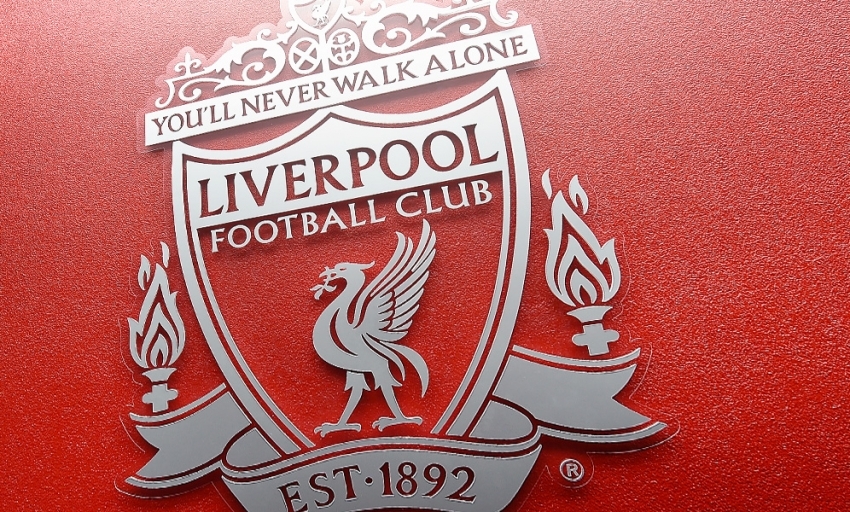Hillsborough inquests - May 6
The Hillsborough inquests commenced on March 31, 2014 and are the subject of reporting restrictions that have been imposed by the Attorney General's office. Liverpool Football Club is respectful of these restrictions and will therefore only be making available updates from other media channels for the duration of the inquest.

The report below - and the witness testimony contained within it - does not necessarily reflect the views of Liverpool FC. Please be aware that the reports on these pages will contain evidence about the day of the disaster which may be distressing.
To view archive reports from each day of the inquest hearings, click here.
Courtesy of the BBC - May 6
Failing to check what was happening during the crush at Hillsborough fell below the standards of a "reasonably competent" medic, a jury has heard.
Expert paramedic David Whitmore, said the first senior ambulance officer on the scene should "absolutely" have looked into the pens.
Station Officer Paul Eason previously told the inquests into the disaster he did not realise a crush was happening.
Mr Whitmore also said casualties should have been treated near the terraces.
Transporting patients the length of the pitch, he said, risked making their injuries worse "or even death".
Ninety-six Liverpool fans died following overcrowding on the Leppings Lane terraces during the 1989 FA Cup semi-final at Hillsborough.
Mr Whitmore, an expert in pre-hospital emergency care, was instructed by the coroner to give his professional opinion on how medics responded to the disaster.
Station Officer Paul Eason and ambulance man Stephen Chippendale, who were stationed inside the ground, were the first staff from South Yorkshire Metropolitan Ambulance Service to walk towards the Leppings Lane pens.
But they said they did not look inside them and thus were unaware a serious crush had developed.
Mr Eason said that he feared fans were coming on to the pitch because of crowd disorder.
"I can understand why he initially may have proceeded down to the Leppings Lane area with that in mind," Mr Whitmore said.
"But he should have checked to see what actually was occurring - speak to the police service, speak to St John Ambulance, all of whom he knew were there, and also look in to the pens for himself, bearing in mind his own safety."
Christina Lambert QC, counsel to the inquest, said former Chief Ambulance Officer, Albert Page, described Mr Eason's "failure to establish for himself what was going on in the pens, either by looking or by speaking to those in the area of the pens, as a mistake".
Ms Lambert added: "Do you share that view that it was a mistake?"
Mr Whitmore replied: "Absolutely a mistake, yes. I would have expected those actions of any member of any ambulance service at that time."
The witness agreed that 15:06 BST, the time the match was stopped, was the latest Mr Eason should have realised it was a major incident caused by a crowd crush.
The jury had previously heard that Mr Eason had problems with his radio but Mr Whitmore said that should not have been a "bar" to informing the ambulance service control of what was happening.
He said Mr Eason could have asked one of his colleagues to return to an ambulance and use its radio or send a messenger to either the police control box or the ground's gymnasium, which both had phone lines.
Mr Whitmore also criticised the use of the gymnasium as a casualty clearing area.
He said those caught in the crush were transported about 140m along the length of the pitch and into the gym for treatment.
Those caught in the crush were suffering from breathing difficulties and should have been treated as near to where they sustained their injuries as possible, he stated.
The assessment of their injuries should have taken place in a "sterile area" on the pitch near the Leppings Lane terrace or at the back of the terraces, he added.
Ms Lambert asked: "Would carrying casualties on their backs across the pitch to the gymnasium be associated with a risk of either making the injuries more serious or even death?"
"Unfortunately that is the case, yes," Mr Whitmore said.
That risk should have been recognised "by any reasonably competent ambulance officer," he added.
The inquests continue.



